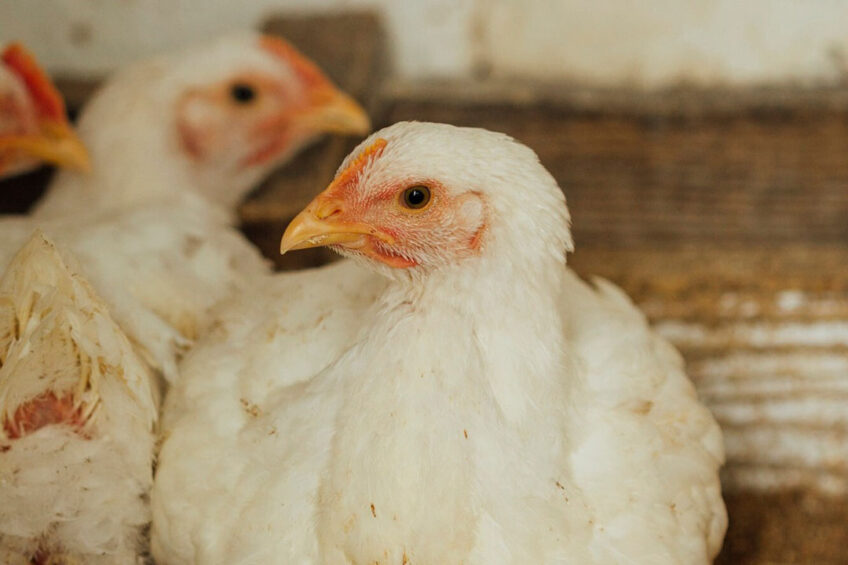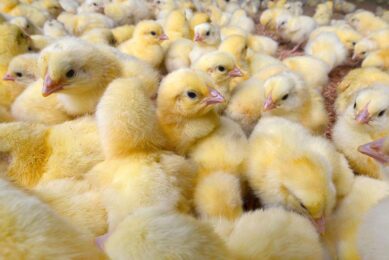Poland: a rise in poultry production expected despite bird flu concerns

Poland is expected to see a 1.5% rise in poultry meat production in 2023 as the market situation noticeably improved in the past months, the Agricultural Ministry said.
In 2022, Poland produced nearly 3 million tonnes of poultry, which is 8.2% up compared with the previous year. More than half of that quantity was exported, the Ministry said.
Currently, some Polish farms are considering expanding production, taking advantage of the favourable market dynamics, as the farmgate price reached PLN5.71 (US$1.31) per kg in February 2023. In 2017-2022, the average monthly purchase price of broiler chickens in February ranged between PLN3.18-4.57 (US$0.73 – 1.05) per kg, the Ministry estimated.
Exports remain on safe ground
Poland exports poultry meat primarily to other European Union member states. Thanks to this, the ongoing avian influenza epidemic in the country has not yet had a tangible impact on sales to foreign customers, as exports continue from the areas not impacted by the outbreaks, the Ministry said.
“In the EU, Poland will probably remain a leader in terms of poultry exports to third countries in 2023,” Dr Dorota Pasińska, a scholar with the Institute of Agricultural and Food Economics, assumed, admitting though that avian influenza will, however, remain “a significant risk factor” for the sector.
Poultry consumption in Poland will probably remain at a relatively high level, at least not below the 2022 figures, Pasińska said. Sales on the domestic market are largely bolstered by a significant number of refugees from Ukraine, she added.
Fewer number of bird flu outbreaks
Since the beginning of the year, Poland registered 56 outbreaks of avian influenza at poultry farms and 35 outbreaks among wild birds, the Chief Veterinary Inspectorate estimated, adding that typically March is the month when spring migrations of wild birds take place, which is why this period is associated with the high risk of avian influenza outbreaks.
“The risk of avian influenza in the current season is still high, despite the fact that fewer outbreaks of the disease have been recorded in recent weeks compared to the beginning of the year. The avian influenza virus is present in the environment, as evidenced by the reported outbreaks in wild birds,” the veterinary inspectorate claimed.
In addition, the inspectorate emphasised it had no information confirming that the bird flu strain currently spreading in Poland poses a direct threat to humans. According to Polish scientists, “so far, avian influenza viruses isolated in the country have not shown zoonotic potential”.













